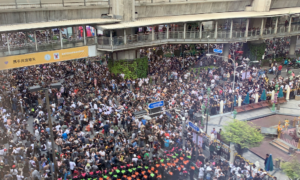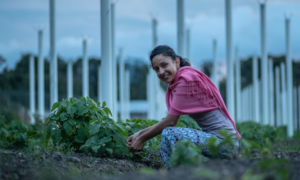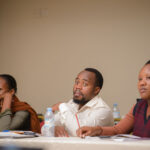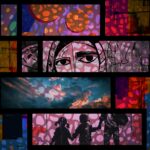This article was published more than 3 years ago.
Social justice activists around the world are creating change, but they don’t always make headlines. Check out three powerful activist movements you should know right now.

Keeping Activism Alive in Kenya
In Kenya, activists have a rich history of promoting progressive social change. However, as social justice activists have become stronger and more successful, they face increased government and corporate attempts to curtail their efforts. So, they’ve joined forces to tackle tactics—ranging from toxic misinformation campaigns to restrictions on gatherings and unjust arrest —that also endanger their communities’ freedoms.
This growing movement is made up of local organizations from across Kenya who may work on different issues, but who now come together to collectively protect civic space and freedom of assembly. This includes forming trailblazing protective networks that offer strength in numbers when activists are harassed, threatened, or arrested.

Demanding a Better Pandemic Response in Thailand
In 2020, the streets of Thailand came alive with historic pro-democracy protests that highlighted the needs of marginalized communities. This summer, demonstrations took a different tact: anger and frustration with COVID-19 responses on the part of protesters, met with violence by police.
The current movement’s focus has shifted, as more youth from across the country join the human rights activists and everyday people taking to the streets. They are frustrated with the slow vaccination rate, which hovers just under 10 percent, and vaccine options seen as ineffective and influenced by corrupt decision makers. Activists are using innovative tactics, such as “car mobs” that bring together hundreds on motorbikes or cars in flash mob style to call for accountability for corruption, increased vaccines, more vaccine options, and protection of frontline health workers. Watch a video of a September 2021 protest in Thailand.

Saving Ancestral Land, Defending the Environment in Latin America
In Latin America, rural Indigenous peoples are already experiencing the effects of climate change firsthand, along with high levels of poverty. The land they’ve lived on for generations is often claimed without their consent for large-scale projects such as hydroelectric dams or resorts. This corruption threatens both their livelihoods and the environment. As a result, Indigenous communities throughout the region are coming together and standing up to powerful authorities and corporations to protect the land they’ve lived on for generations from land grabs, deforestation, and pollution.
Yet, speaking out can come with a fatal price. A recent report revealed that that 7 of the 10 most dangerous countries for environmental activists are in Latin America. Despite the risks, this growing movement of Indigenous activists and communities are steadfast—working to protect natural resources, bring economic stability to their communities, and champion sustainability and climate justice.
Stay in-the-know about innovative human rights movements around the world and actions you can take. Follow us on Facebook, Twitter, and Instagram.


